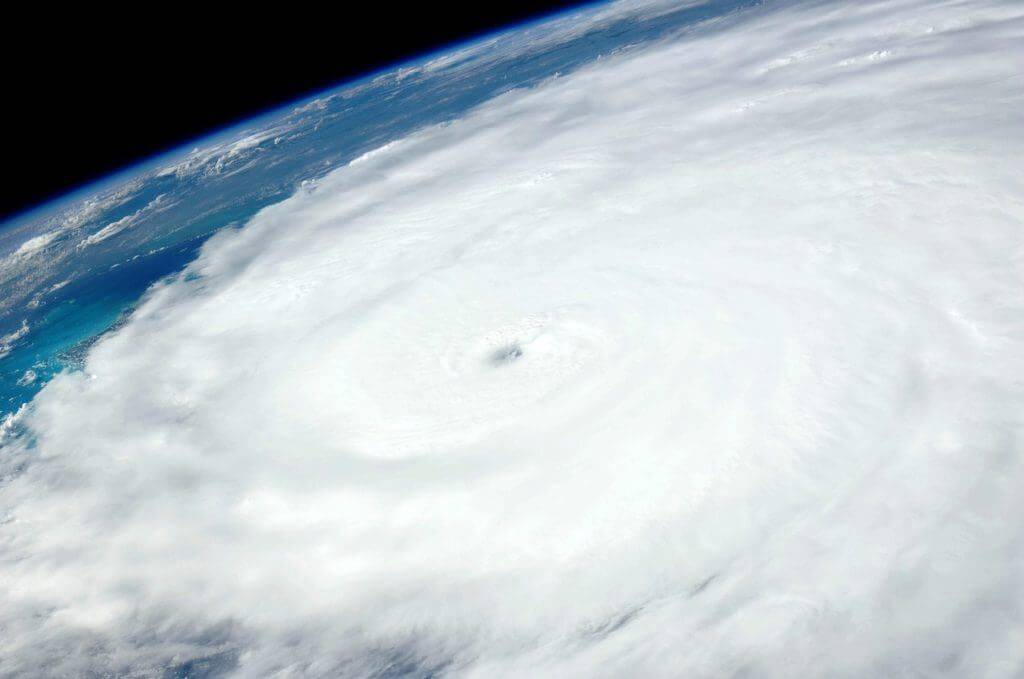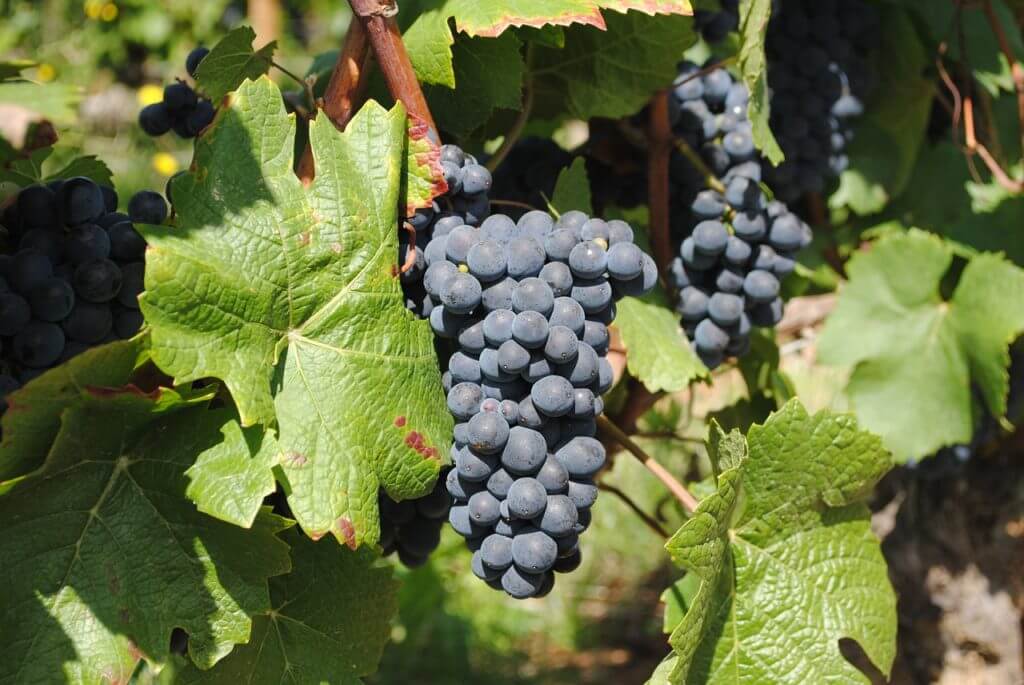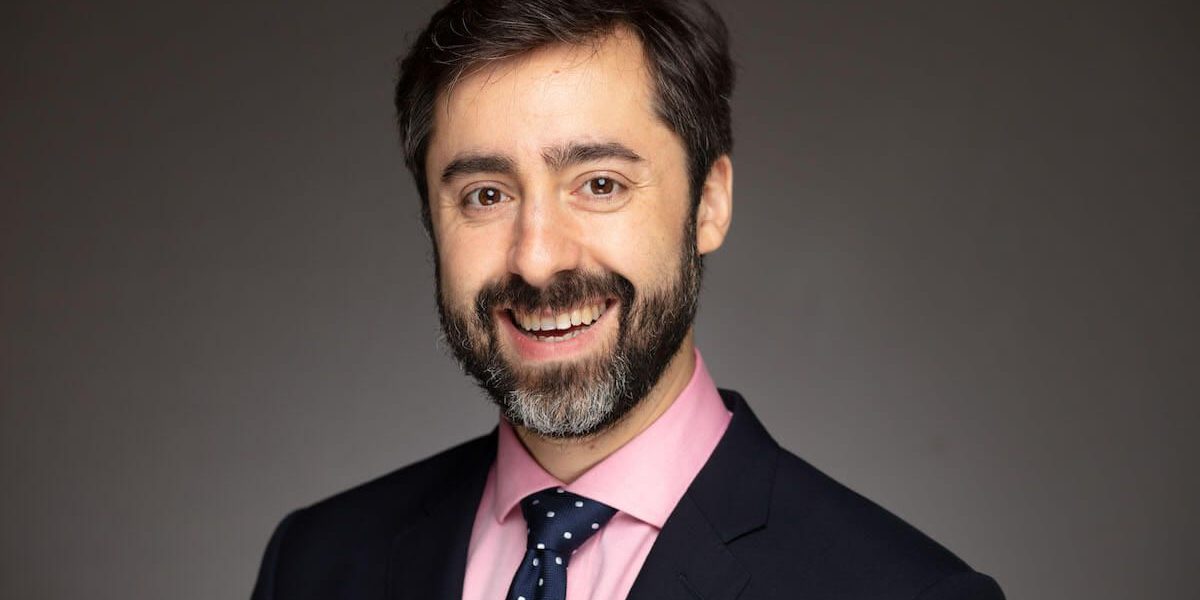by David Rudman, Executive Director, WSET Americas
Any learner of wine comes to Burgundy early in their journey. Studying with WSET, it is the first region you learn about in the Level 2 Award in Wine and Spirits, uncovering many factors influencing style, price, and quality of these wines. Likewise, many authoritative tomes written on wine start in Burgundy. You don’t have to look too far to find great writers pontificating on the majesty of wines with names like Romanée-Conti and Richebourg. The importance of Burgundy in wine education and the testimonials of experts quickly inspire a deep desire to experience these great wines.
But every year, there is a frenzy of reporting on the current vintage and how it should affect style, price and quality. Vintage reporting can give novice wine buyers considerable anxiety. How much are we to make of the headlines and analyses? What about the ratings? Whose ratings are most accurate, and what accounts for the at times significant differences between ratings from different sources? Considering the relative prices of these wines, the fear of buyer’s remorse is enough to drive you to drink beer.
Put that lager down and take a deep breath. The novice doesn’t have to be anxious about buying Burgundy, and I’ll explain why. It has to do with the weather. Just not in the way you might think.
When are you most likely to watch The Weather Channel? If you’re like me, it’s usually when there is a major weather event predicted, and when that event is predicted to affect me. The Weather Channel and other networks like ESPN or CNN understand that most viewers are like me. All of them have their core viewership, who watch every day whether something is happening or not. They’re not worried about these loyal viewers, because they know they aren’t going anywhere. The channels want to make their money by bringing in as many of the other 99% of people who aren’t in this group, and when they have them tuned in, keeping them tuned in for as long as possible.

That’s why, when a hurricane is predicted to hit the East Coast, the Weather Channel doesn’t talk about the pleasant weather in Albuquerque. A hurricane is coming! This is a big deal! Hundreds of thousands of viewers are turning on The Weather Channel, and this might be the only time this year they do. If you’re one of these people, and when you tune in, they’re not talking about the hurricane – BOOM, you immediately move on to another news source. Thus, there has to be wall-to-wall coverage.
Now they have you – but can they keep you? The Weather Channel deploys reporters live to the predicted-to-be-affected areas. They’re standing by with the latest. Never mind that the weather looks pretty mild, because it’s 24 hours out and, well, there’s no hurricane yet. “Tensions are high here! People are frightened and taking action.” Pay no attention to those locals calmly walking their dog in the background, of course.
It’s hard to keep people tuned in to The Weather Channel. There are a limited number of weather events each year, and they have no control over it. So, any time something promising is in the forecast, it must be made as compelling as possible. Terms like “once-in-a” are thrown around liberally, even when there’s only a chance, they turn out that way. Big sensational names and phrases like “Bomb Cyclone” materialize out of thin air. News is created where there may not be news in order to build anticipation. Whatever it takes to get viewers like me to tune in as many times as possible.
Of course, the actual weather tends to fall miserably short of the promised spectacular event. The Weather Channel doesn’t mind. Advertisers don’t buy time based on accuracy of forecasts; they buy time based on viewership.

If you can see through the for-profit weather news media as clearly as I think most of us do, then you can also see through the annual sensationalism of wine media’s vintage reporting. Wine media don’t sell wine, they sell advertising and magazines. And just as with The Weather Channel’s advertisers, the more consumers they have, the better the take. There’s nothing sinister about it, it’s just the way all for-profit media behaves. Like a hurricane, Burgundy is one of the top draws for viewership. Remember the pleasant weather in Albuquerque that didn’t get a moment of coverage? That’s Chile’s vintage report. It might mean a lot to a Chilean, but Burgundy’s cache is global. In Europe, Asia, and North America, Burgundy is one of the ultimate aspirational purchases, and even those who can’t afford to dabble want to be in the know.
As you navigate the barrage of disparate sources of information about any vintage, especially in Burgundy, remember that these reports are designed to titillate. They often overstate the strengths and weaknesses of any vintage to make the reporting more compelling. If you’re not convinced, just look at the numerical ratings that have been given out since 2001. For all the excitement year in and year out, the worst you can do, according to Wine Spectator’s Vintage Charts, is an 88 out of 100 for 2004 Burgundy. Other highly regarded wine media have their own ratings, and in many cases, there is not agreement across vintages. This is totally normal and demonstrates that all such judgement is subject to individual tastes and perceptions.
Vintage reporting is fun to consume. Technology has allowed people to create communities and start conversations they could never have had in the last century. The anticipation and the analysis allow a wine enthusiast to engage in their passion with like-minded people around the globe, every day. The one thing that hasn’t changed that much is the wine. All the content, all the conversation, it’s all still about bottles of fermented grapes. This means there are new arbitrages for you to capitalize on.
Here are three buying strategies that will return serious value for your dollars:
- “Shadow Vintages” – A “Shadow Vintage” is the year immediately following a heavily-hyped and highly-regarded vintage. When these vintages are released, the market is still so hot for the previous vintage that demand is lower than normal, driving down prices. These are the years to buy in. I like to apply this idea to vintages from the year prior to a hyped one as well. There are sure to be bottles still on retail shelves from these years, but when the big new thing comes along, no one wants the old stuff anymore. Buy low and sell high! It’s not uncommon, however, for a vintage to be highly (or poorly) regarded at release, and for the wines to perform in surprising ways over time. Wines from the shadow may end up outshining all the others!
- Unheralded Regions – Most of the hype generated around vintage reporting focuses on the biggest names and places, because those are the ones likely to draw the most attention.With a bit of work, it isn’t hard to get information that isn’t widely published on other areas within Burgundy, where great wines can be found. Hail that devastated vineyards in the Côte de Nuits may have completely missed the vineyards of the less-celebrated Côte Chalonnaise. At the beginning of your journey into wine, areas like these can be the best way to experience Burgundy while you wait for your confidence (and checking account) to increase. In the Côte Chalonaise, I recommend wines from the communes of Mercurey and Givry. For a taste of true Côte de Nuits, check out the wines of Fixin and Marsannay.
- Cru Beaujolais – I am extremely bullish on Beaujolais. These wines are criminally undervalued for three reasons. First, they aren’t Burgundy. But we’re talking about a region that is only a ten-minute drive from Burgundy’s southern terminus and whose geological features are extraordinary, rivalling those that drive quality in Burgundy. Second, they aren’t pinot noir, they’re made from gamay. Gamay most assuredly does not have the same upside as pinot noir, but the differential in quality potential is nowhere near the differential in price. Recent ratings have some of the top cru wines of Beaujolais right in line with Burgundies that cost 10-100 times more. Finally, and perhaps most importantly, Beaujolais is unfashionable. The region’s name is associated mainly with Beaujolais Nouveau, an inexpensive, light and fruity wine that once commanded tall stacks in stores and supermarkets every Thanksgiving. Take advantage of the difference between the market’s perception of these wines and their relative quality compared to their northerly neighbors in Burgundy – that’s arbitrage! The Crus of Morgon and Moulin-á-Vent are ones to look for.
About David Rudman: David Rudman is the Executive Director for WSET Americas, the global leader in wine, spirits, and sake education. Previously he was Director of Education and Account Development for a major U.S. wholesaler and began his career in the wine business in the on-premises. Dave documents his writing, travels, and the things he drinks on his multimedia platform “Drinking Things” (http://www.drinkingthings.com, @drinkingthings on everything). He is currently an MBA Candidate at Yale University, and a DipWSET candidate. He will defend to the death the proposition that riesling is the greatest varietal.







